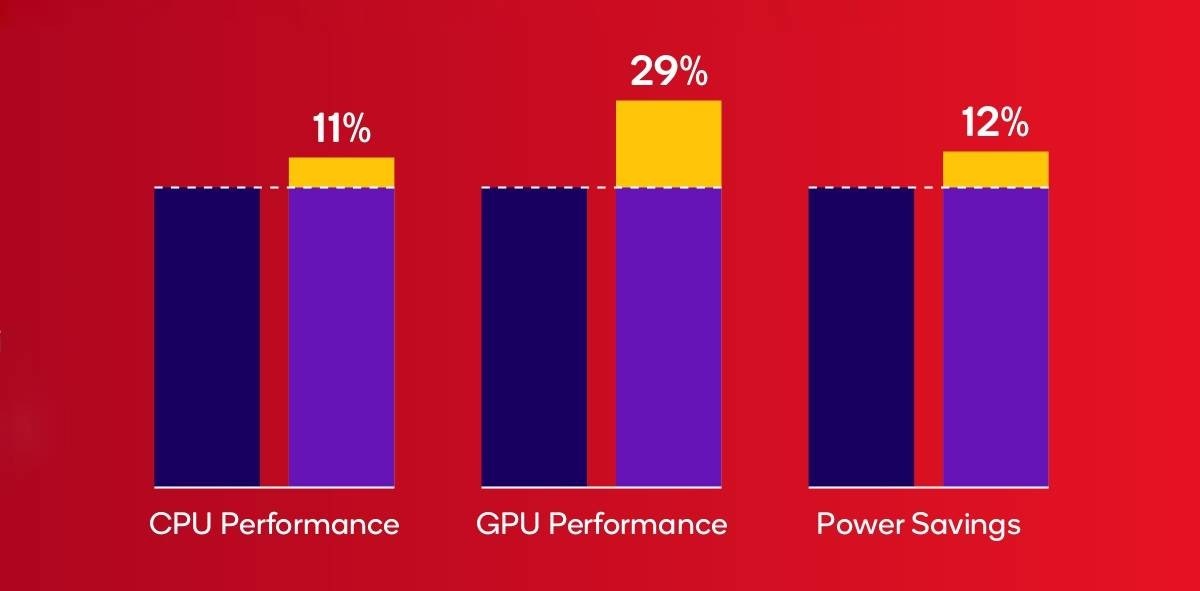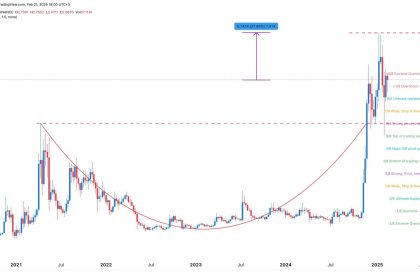The Snapdragon 2 Generation 2 has been introduced as a real transformation in the chip world with dramatic changes to its previous versions. This chip brings a great experience to users by offering improvements in a variety of areas including overall performance, performance, game, artificial intelligence, camera and sound.
The chip is the first model of the Series 2, made using the advanced TSMC’s advanced 2nm process, and this remarkable jump from previous designs using Samsung 2nm and 2nm TSMC nodes is a turning point in this family.
The 5th Generation Chip is also the first model of the series equipped with the new ARMV9 cores. The Cortex-A720 core with a speed of 1.3GHz and the other three A720 cores at a speed of 1.2GHz as powerful cores, along with four Cortex-A520 cores at 1.8GHz as low-power cores, more powerful and optimized than previous generations Provides them using ARMV8 designs. The higher performance of this chip attracts a lot of attention than the generation. Despite the update in the design of CPU kernels in the new generation, CPU performance increases only 5 %.
Qualcomm has introduced the first chip to use the TSMC 4 -nanometer technology, as well as the first chip to use ARMV9 -based CPU cores. Adreno’s new graphics processing unit has a significant 5 % performance better than the previous version. Qualcomm has not provided more detailed details of the GPU, but these changes are remarkable in performance. In addition, the chip has been optimized by 2 % than the previous generation.
The Snapdragon 2, as the first family chip, supports the IT4 feature, which allows optimized models to be implemented in limited memory with more parameters. Qualcomm is developing artificial intelligence to summarize texts, and the company has emphasized that at least a memory for large language models (LLM) will be available on the devices, but has not yet announced the exact number.
The chip is capable of supporting a maximum of 16GB of LPDDR5 memory at a speed of 1,200mHz, which can provide a unique experience of speed and efficiency. Also, for more affordable designs, the LPDDR4X is also supported at a speed of 0.1333mz. In the storage section, the chip is equipped with advanced UFS 3.1 technology. In the field of wire connections, the USB-C 3.1 port is included that can manage an external 4K exterior, 60Hz, 2-bit color depth and HDR10+ support.
The chip utilizes full support of displayed displays above 1080p and 144hz refresh rate. The graphic processing unit of this chip uses similar technologies used on computers. Adreno specifically supports Snapdragon Game Super Resolution capabilities to upgrade the quality of games up to 4K as well as Adreno Frame Motion Engine to produce more frames by reducing energy consumption, providing a great experience for gamers.
The Snapdragon 6 Gen 4 offers a great imaging experience with a 3 -bit three -bit image processor capable of supporting up to 2 megapixels. The 4K HDR video recording capability is provided, although in this resolution, the frame rate is limited to 5 frames per second. The chip supports advanced HDR10 and HLG formats for video and 10 -bit heif for images. It also uses hardware acceleration for video playback in H.265 and VP9 formats, but unfortunately there is no support for AV1.
This chip, with the support of the 5G modem, provides the ability to download at a speed of up to 1.5 GB / s with support for both modems below 1 GHz (1.2 MIMO) and MMWave (2 × 2 MIMO). There is also support for the Wi-Fi 6E (802.11AX) including a 4GHz band and a APTX Adaptive Bluetooth bandwidth for wireless connectivity.
Railway, Oppo and Ann are among the first brands to launch the Snapdragon 2 -generation 6th handsets. The exact date of the supply has not yet been determined and more information will be released in the coming months.
RCO NEWS
















